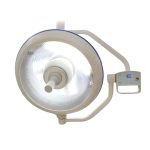Why Does Your LED Light Flicker When Turned Off: An Expert Guide
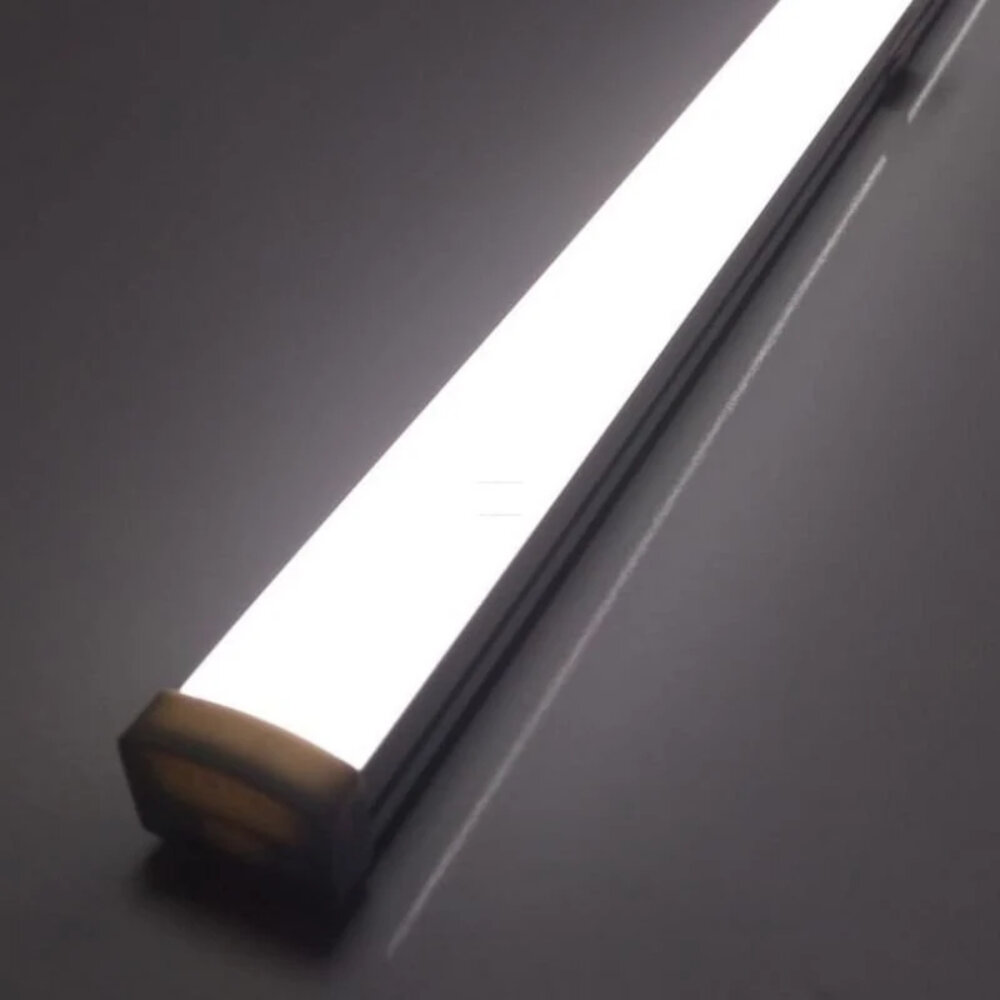
LED lights are one of the most popular lighting options used in households due to their energy efficiency and durability. However, have you ever noticed that your LED lights flicker when turned off? This can be a concerning issue for many people, especially those who are sensitive to light or have difficulty sleeping in the dark. In this expert guide, we will explore the reasons behind why your LED lights flicker when turned off and provide you with practical solutions to address this problem. There are several reasons why your LED lights may flicker when turned off, ranging from electrical issues to the type of bulb you are using. Some of the common causes for this issue include electrical interference, faulty wiring, or the use of incompatible dimmer switches. Understanding the root cause of this problem is crucial to finding a solution that works for you. In this guide, we will delve into each of these causes and provide you with actionable steps to prevent your LED lights from flickering when turned off. So, let’s get started!
LED lights, or light-emitting diodes, are a type of energy-efficient lighting that have gained popularity in recent years. Unlike traditional incandescent bulbs, which produce light by heating a filament, LEDs produce light through a process called electroluminescence. This process involves the movement of electrons through a semiconductor material, which emits photons of light as the electrons move. LED lights are known for their long lifespan, low energy consumption, and bright, vibrant colors. However, they can also be sensitive to certain types of electrical interference, which can cause flickering or other issues when the lights are turned off. Understanding the causes of LED flicker can help homeowners and businesses troubleshoot these issues and ensure that their lighting systems operate smoothly and efficiently.
Flickering is a common problem that occurs in LED lights, and it can be caused by several factors. One of the main reasons for flickering is the use of incompatible dimmer switches, which can cause fluctuations in the voltage supply to the LED light. Another possible cause of flickering is the use of low-quality LED drivers or power supplies, which can fail to provide a stable current to the LED light. Additionally, flickering can also occur due to loose wiring connections, poor grounding, or a faulty LED bulb. To prevent flickering, it’s important to use high-quality components, avoid mixing incompatible components, and ensure that all wiring connections are secure and properly grounded.
Addressing the issue of flickering LED lights is of utmost importance due to several reasons. Firstly, flickering lights can cause discomfort and headaches, especially for people who are sensitive to changes in light. Secondly, flickering lights can affect the performance of electronic devices by causing interference and disrupting signals. Thirdly, flickering lights can be a sign of an underlying electrical problem, which can be a safety hazard if left unaddressed. Therefore, it is crucial to identify the root cause of flickering LED lights and take appropriate measures to resolve the issue to ensure a comfortable, safe, and efficient living or working environment.
Electrical Issues
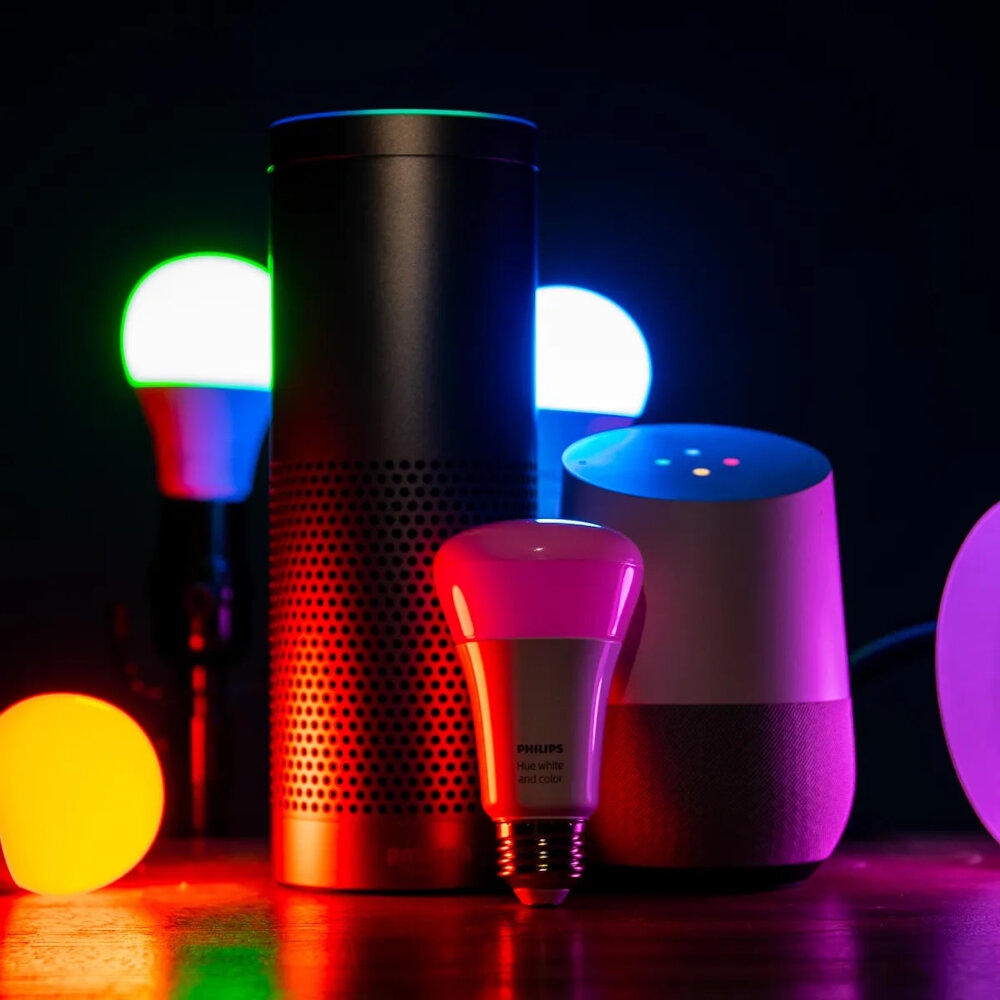
Electrical issues can cause a variety of problems for homeowners, including flickering LED lights. These issues can stem from a variety of sources, including faulty wiring, outdated electrical systems, and improper installation. When electrical problems arise, it is important to address them promptly to avoid potential safety hazards and further damage to your home’s electrical system. One common cause of flickering LED lights is electromagnetic interference. This occurs when electrical currents from nearby appliances, such as refrigerators or air conditioners, interfere with the electrical circuit supplying power to your LED lights. Other potential sources of interference include faulty dimmer switches, loose connections, and damaged wiring. Identifying the source of the interference is key to resolving the issue and ensuring that your LED lights operate smoothly and reliably. If you are experiencing flickering LED lights, it is important to consult with a qualified electrician to identify and address any underlying electrical issues.
There are a variety of electrical issues that can cause LED lights to flicker when turned off. One possible cause is voltage fluctuations, which occur when the voltage supplied to the light fixture is unstable. This can happen if the wiring in your home is outdated or if you have too many appliances or electronic devices drawing power from the same circuit. Another potential cause is a faulty switch or dimmer, which can cause the LED light to flicker when turned off. In some cases, the issue may be related to the LED driver, which regulates the voltage and current supplied to the LED light. If the driver is faulty or incompatible with the LED light, it can cause flickering and other issues. Identifying the root cause of the flickering is important to ensure that your LED lights are functioning properly and to prevent potential safety hazards.
Identifying an electrical problem can be a daunting task, but there are a few key indicators to keep in mind. Firstly, if your LED light flickers when turned off, this could be a sign of an issue with the wiring or the switch. Additionally, if you notice a buzzing or humming sound coming from the light fixture, this could also indicate an electrical problem. Other signs of an electrical issue include lights that are dimmer than usual, circuits that frequently trip, or outlets that don’t work. It’s important to address these issues promptly to avoid potential safety hazards or damage to your electrical system. If you’re unsure about the cause of the problem, it’s best to consult with a licensed electrician to diagnose and repair any issues.
There are various solutions to electrical issues that can cause LED lights to flicker when turned off. One of the most common solutions is to replace the light switch with a newer one that is designed to handle LED lights. It is also important to ensure that the wiring in the circuit is properly installed and that there are no loose connections. Another solution is to install a power conditioner or surge protector, which can help to stabilize the electrical current and prevent fluctuations that can cause flickering. Additionally, it is important to use high-quality LED bulbs that are compatible with the fixture and that have been tested and certified by a reputable organization. By taking these steps, it is possible to eliminate flickering and enjoy the full benefits of LED lighting.
Residual Current

Residual current refers to the flow of electricity that remains in a circuit even when the switch is turned off. This can cause issues with LED lights, as the residual current can cause flickering or dimming of the lights when they are turned off. Residual current can be caused by a variety of factors, including faulty wiring or improperly installed electrical equipment. It is important to address any issues with residual current, as it can pose a safety hazard and potentially damage electrical components. One way to prevent residual current from affecting LED lights is to install a residual current device (RCD). An RCD is a safety device that detects the flow of residual current and immediately shuts off power to the circuit. This can prevent damage to electrical components and also reduce the risk of electrical shock or fire. It is important to have a qualified electrician install an RCD, as improper installation can also be dangerous. By addressing issues with residual current and taking steps to prevent it from affecting LED lights, homeowners can ensure the safety and longevity of their electrical system.
Residual current, also known as leakage current, is the flow of electricity through a circuit when it is supposed to be off. This can occur due to a fault in the wiring or electrical devices, grounding issues, or even moisture in the circuit. Residual current can pose a serious safety risk, as it can cause electrical shock or fire. To prevent this, residual current devices (RCDs) are installed in electrical circuits to quickly detect and interrupt the flow of current when it deviates from the normal path. It is important to regularly check and maintain electrical systems to ensure that residual current is kept at a safe level.
Residual current, also known as leakage current, is a small amount of electrical current that flows through the wiring even when the electrical appliance is turned off. This current can cause flickering in LED lights due to the presence of capacitive components such as LED drivers, transformers, and electronic dimmers. These components can store the residual current and discharge it in a periodic manner, creating a flicker effect in the LED light. Additionally, the presence of other electrical appliances in the same circuit can cause fluctuations in the residual current, further exacerbating the flickering effect. To reduce the impact of residual current on LED lights, it is important to ensure that the wiring is properly grounded and that high-quality LED drivers and dimmers are used.
Measuring residual current is an essential step in troubleshooting LED light flickering issues. To measure residual current, one needs a residual current device (RCD) or a ground fault circuit interrupter (GFCI). These devices are designed to detect and interrupt any leakage of current to the ground. To measure residual current, one must connect the RCD/GFCI to the circuit and switch on the power. The device will then detect any current leakage and display the reading on the screen. A high reading indicates a problem with the circuit, which must be fixed to prevent LED light flickering. It is important to note that measuring residual current should only be done by a licensed electrician to avoid any safety hazards.
Residual current issues are a common cause of LED light flickering when turned off. These issues arise when there is an electrical imbalance in the circuit due to the presence of residual current in the neutral wire. To solve this problem, one can install a residual current device (RCD) or ground fault circuit interrupter (GFCI). These devices monitor the current flowing through the circuit and trip the circuit if any imbalance is detected. Alternatively, one can rewire the circuit to separate the neutrals and earth wires, or install an isolation transformer to reduce the residual current. It is important to address residual current issues promptly to prevent damage to the LED lights and ensure the safety of the electrical circuit.
Capacitance

Capacitance is a fundamental property of an electrical circuit that relates to the ability of a circuit element to store electrical charge. This property is essential for the operation of a wide variety of electrical devices, including LED lights. The capacitance of a circuit element is determined by its geometry and the materials used in its construction. Capacitors are the most common circuit elements that exhibit significant capacitance. These devices are made up of two conductive plates separated by a non-conductive material, known as a dielectric. When a voltage is applied across the plates, the dielectric material becomes polarized, creating an electric field between the plates. This electric field can store electrical charge, which can be discharged when the voltage across the plates is removed. In the case of LED lights, capacitance can play a significant role in the flickering behavior of the lights when turned off. This flickering can occur due to residual electrical charge stored in the circuit’s capacitors. When the switch is turned off, the power supply to the LED light is disconnected. However, the capacitors in the circuit may still hold a residual charge, which can cause the LED to continue emitting light for a short period. This effect is more pronounced in LED lights that use capacitive power supplies, which rely on capacitors to regulate the flow of electrical current. In contrast, LED lights that use inductive power supplies do not exhibit this behavior as they rely on magnetic fields instead of capacitors.
Capacitance is the ability of a system to store electrical charge. It is the ratio of the amount of electrical charge stored on a capacitor to the voltage across the capacitor. The capacitor is made up of two conductive plates separated by an insulating material called a dielectric. When a voltage is applied across the capacitor, an electric field is created between the two plates, and electrons are attracted to one plate and repelled from the other. The energy stored in the electric field is proportional to the capacitance of the system. Capacitance is measured in farads, named after the English physicist Michael Faraday, and is typically used in electronic circuits to store energy, filter signals, and control the flow of current. In LED lighting, capacitance can play a role in the flickering of the light when turned off.
Capacitance is an electrical property of a circuit that allows it to store energy in an electric field. When an LED light is turned off, residual voltage from the electrical wiring in a home can still linger in the circuit. This voltage can cause a small current to flow through the LED, which is not enough to turn the light on, but enough to cause it to flicker. Additionally, capacitance can cause interference with the power supply of the LED, resulting in fluctuations in the current that can also cause flickering. The amount of capacitance in a circuit can vary depending on the design of the circuit and the components used, and can be affected by factors such as the length of the wiring and the proximity of other electrical devices.
Capacitance is a measure of an electrical system’s ability to store energy in an electric field. To measure capacitance, a capacitance meter is required. The capacitance meter is connected to the two terminals of the capacitor and measures the amount of charge that is stored on the capacitor. The capacitance is then calculated using the formula Q = CV, where Q is the charge stored on the capacitor, C is the capacitance, and V is the voltage across the capacitor. Capacitance can also be measured using an oscilloscope and a function generator by measuring the time it takes for a capacitor to charge to a certain voltage.
Capacitance issues can cause LED lights to flicker when turned off. One solution is to install a snubber circuit that reduces the voltage spikes caused by the inductive loads. Another solution is to use a larger value capacitor to filter out the high-frequency noise. Additionally, it may be helpful to use a high-quality LED driver that is designed to minimize flicker. It is also important to ensure that the wiring is properly grounded and that there are no loose connections. In some cases, it may be necessary to upgrade the electrical system to accommodate the LED lighting. By addressing capacitance issues, it is possible to achieve a stable and flicker-free LED lighting system.
LED Driver Problems
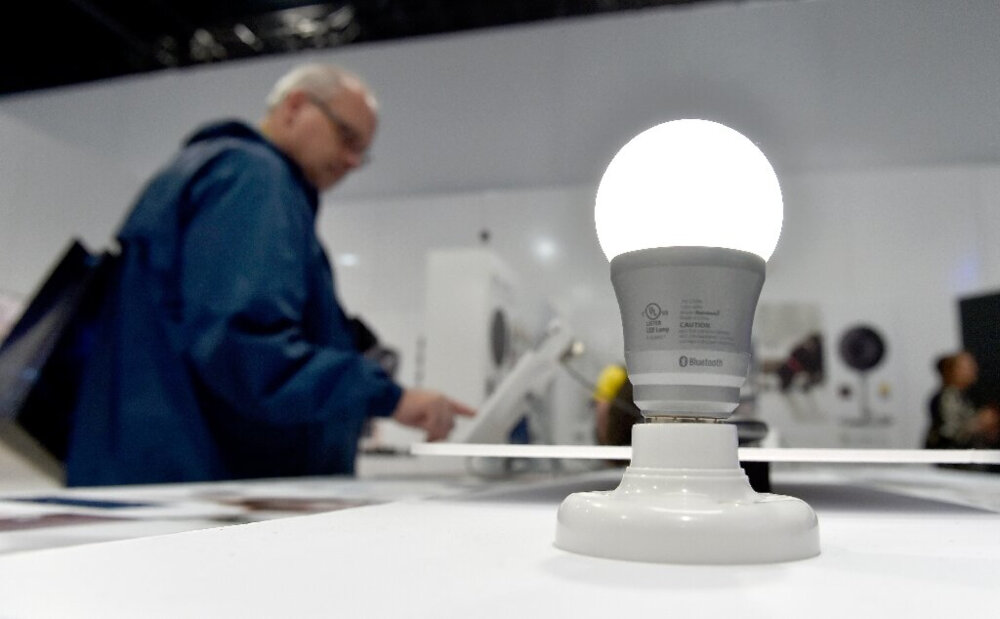
When it comes to LED lights, flickering is a common issue that can be caused by a number of factors. One of the most common causes of flickering LED lights is driver problems. LED drivers are responsible for regulating the amount of current that flows to the LED lights, ensuring that they receive the correct amount of power. When there is a problem with the LED driver, the lights can flicker or even fail to turn on at all. One of the most common LED driver problems is voltage drop. This occurs when there is a drop in voltage across the LED driver, which can cause the lights to flicker or even turn off completely. This can be caused by a number of factors, including a faulty driver, poor wiring, or a power surge. Another common driver problem is inadequate current supply. If the LED driver is not providing enough current to the lights, they may flicker or fail to turn on at all. This can be caused by a faulty driver, poor wiring, or a power surge. It is important to address LED driver problems as soon as possible to ensure that your lights are functioning properly and to prevent any potential safety hazards.
An LED driver is an essential component in an LED lighting system. It is responsible for regulating the amount of electrical power supplied to the LED, ensuring that it operates efficiently and safely. The driver converts the AC voltage from the mains power supply into a DC voltage that can be used to power the LED. It also regulates the current flowing through the LED to prevent damage due to overloading or overheating. The driver can be either constant-current or constant-voltage, depending on the type of LED being used. Constant-current drivers are more common and are used for high-power LEDs, while constant-voltage drivers are used for low-power LEDs. A good LED driver will ensure that the LED light is stable, reliable, and flicker-free, providing a consistent and comfortable lighting experience.
LED driver problems can cause flickering in LED lights. The flickering can occur due to various reasons such as voltage fluctuations and thermal issues. LED drivers regulate the amount of power supplied to the LED light, and if the driver is not functioning correctly, it can lead to flickering. Voltage fluctuations can cause the LED driver to malfunction, leading to flickering. Similarly, thermal issues can cause the driver to overheat, leading to flickering. In some cases, the driver may not be compatible with the LED light, leading to flickering. It is essential to identify the cause of the flickering and address the issue promptly to avoid any further damage to the LED light.
Identifying LED driver problems can be difficult, but there are some common symptoms to look out for. One of the most obvious signs is flickering or dimming of the LED light, which can indicate that the driver is not providing a stable current. Additionally, if the LED light is turning on and off randomly, this could also be a sign of driver issues. Other problems may include overheating, buzzing or humming sounds, or a total failure of the light to turn on. To diagnose the issue, it may be necessary to test the voltage output of the driver or replace it entirely. It’s important to address driver problems promptly to ensure the longevity and safety of your LED lights.
LED drivers are an essential component that controls the power input and output of LEDs. However, they can sometimes experience problems, leading to flickering, dimming, or complete failure of the LED light. Solutions to these problems depend on the type of driver issue. For flickering, the problem may be caused by an incompatible dimmer switch or an overloaded circuit, which can be remedied by changing the switch or reducing the load. If the driver is overheating, proper ventilation and cooling can solve the issue. In some cases, replacing the driver entirely may be necessary. To prevent these problems from occurring, it is crucial to choose a high-quality LED driver that is compatible with the LED light source and to follow the manufacturer’s installation and maintenance instructions.
LED flickering is a common issue that can be caused by numerous factors. One of the main causes is voltage fluctuation, which occurs when the voltage supplied to the LED light is not constant. This can be due to a faulty electrical connection or an unstable power source. Another factor that can cause flickering is the use of incompatible dimmer switches. If the dimmer switch is not designed for LED lights, it can cause flickering or even damage the LEDs. Other causes include overheating, poor quality LED lights, and electromagnetic interference. To prevent LED flickering, it is important to use high-quality LED lights, ensure proper electrical connections, and use compatible dimmer switches.
It is crucial to address the issue of flickering LED lights promptly because it can lead to several consequences. Firstly, it can cause discomfort to the eyes and headaches, which can negatively affect one’s productivity and quality of life. Secondly, flickering lights can also indicate a more severe underlying issue with the electrical system, which can pose a safety hazard. Neglecting to address the problem can result in extensive damage to the electrical system and even lead to a fire hazard. Therefore, it is essential to seek professional assistance immediately and resolve the flickering issue before it escalates into a more significant problem.
In conclusion, if your LED light flickers when turned off, it is not necessarily a cause for alarm. However, it is important to identify the root cause of the issue to prevent any potential safety hazards. Some common causes include the presence of residual voltage, a faulty light switch, or an overloaded circuit. It is recommended to consult with a licensed electrician if you are unsure about the issue or if you are not comfortable troubleshooting it yourself. Additionally, consider investing in high-quality LED bulbs and fixtures to ensure optimal performance and longevity. With proper maintenance and care, LED lights can provide energy-efficient and reliable lighting for years to come.
Conclusion
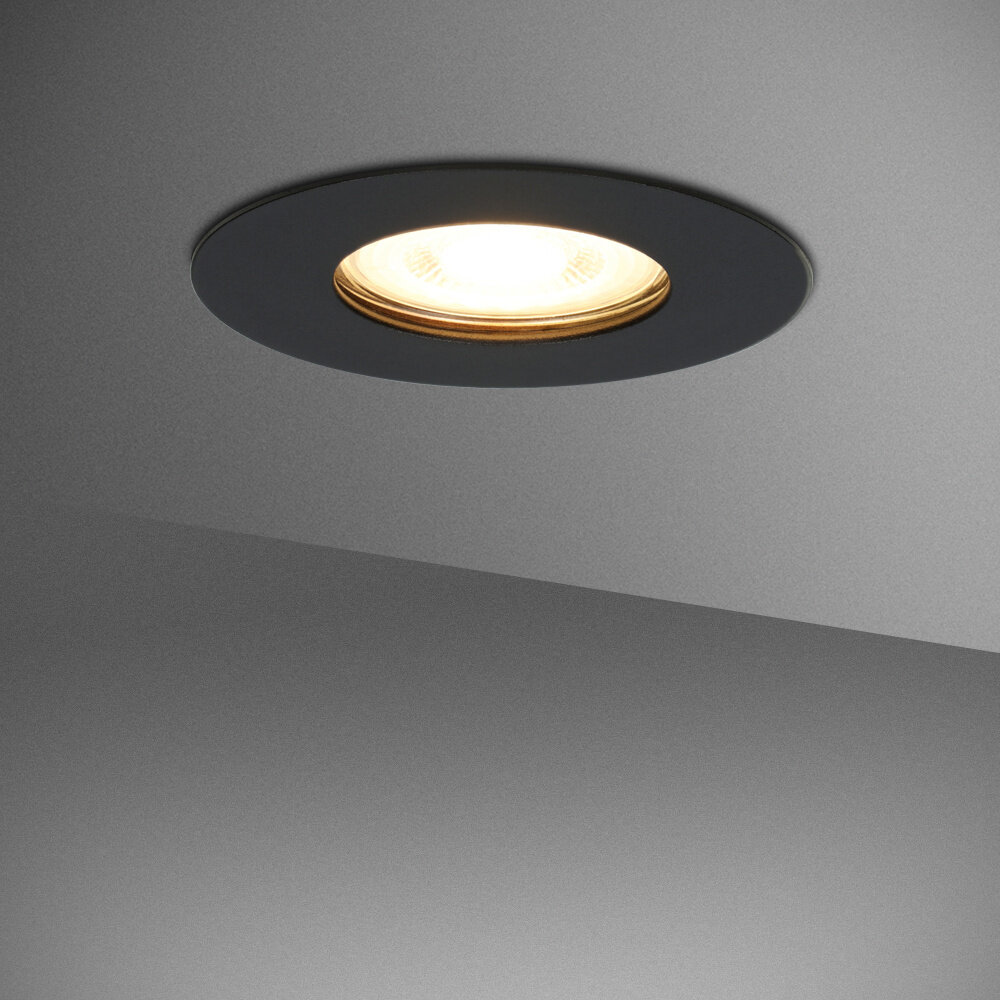
In conclusion, LED light flickering when turned off is a common phenomenon that can occur due to a variety of reasons. Some of the common causes include residual current, defective wiring, and incompatible dimmer switches. It is important to identify the root cause and take necessary measures to prevent flickering, as it not only affects the longevity of the LED bulb but can also lead to eye strain and headaches. Seeking the assistance of a professional electrician can help resolve the issue and ensure a safe and reliable lighting system. As with any electrical issue, it is always better to err on the side of caution and address the problem promptly to avoid any potential hazards.




